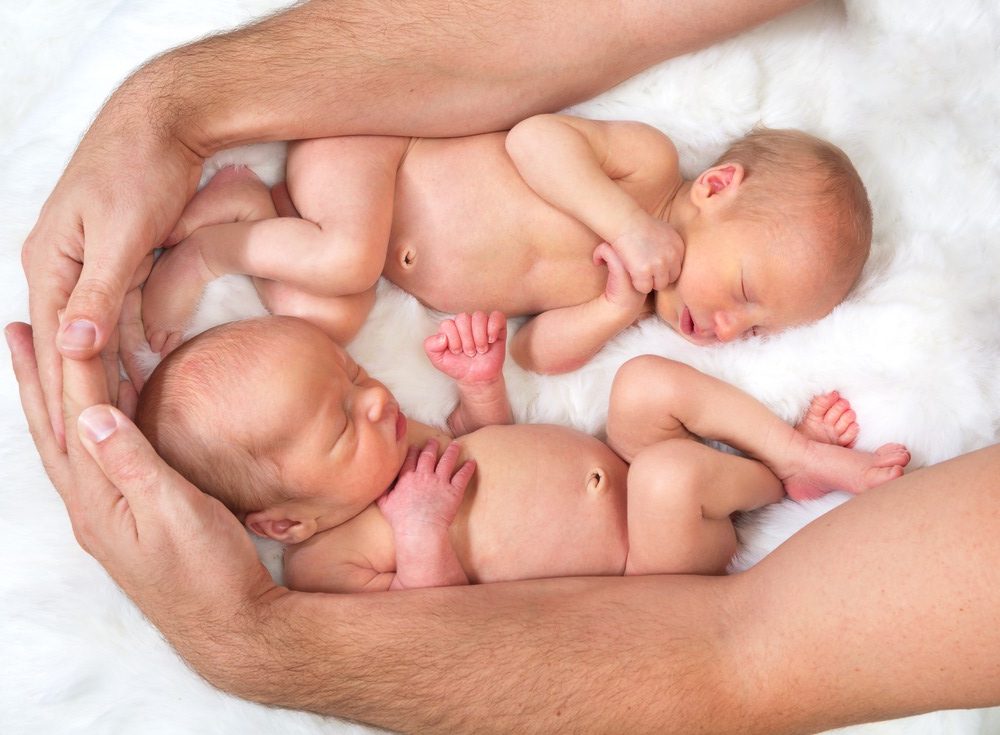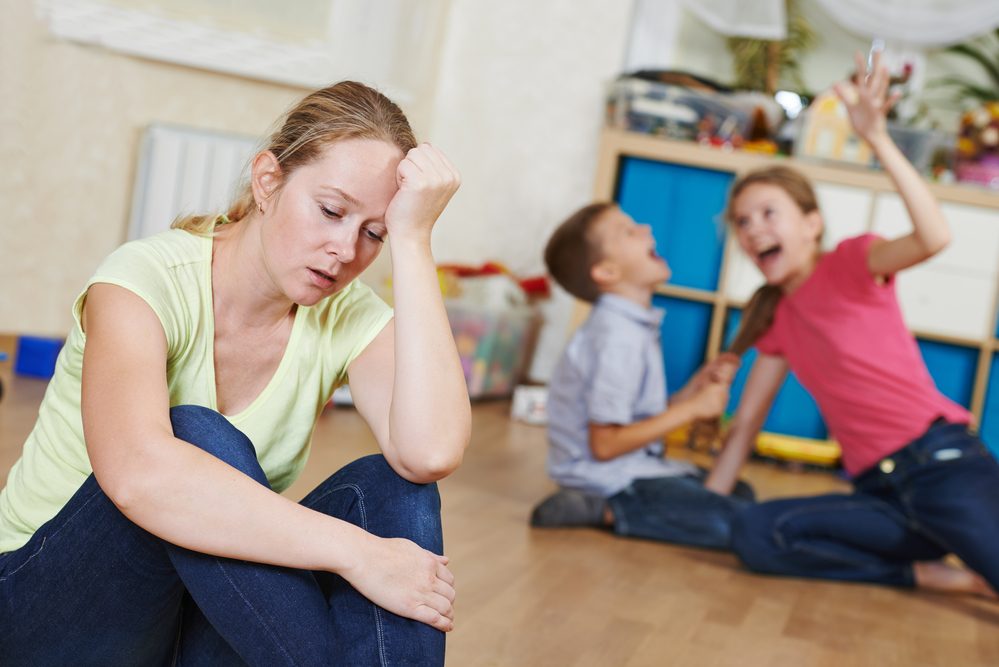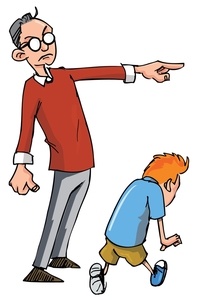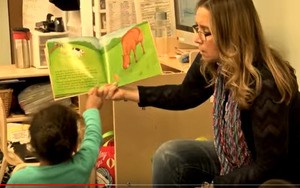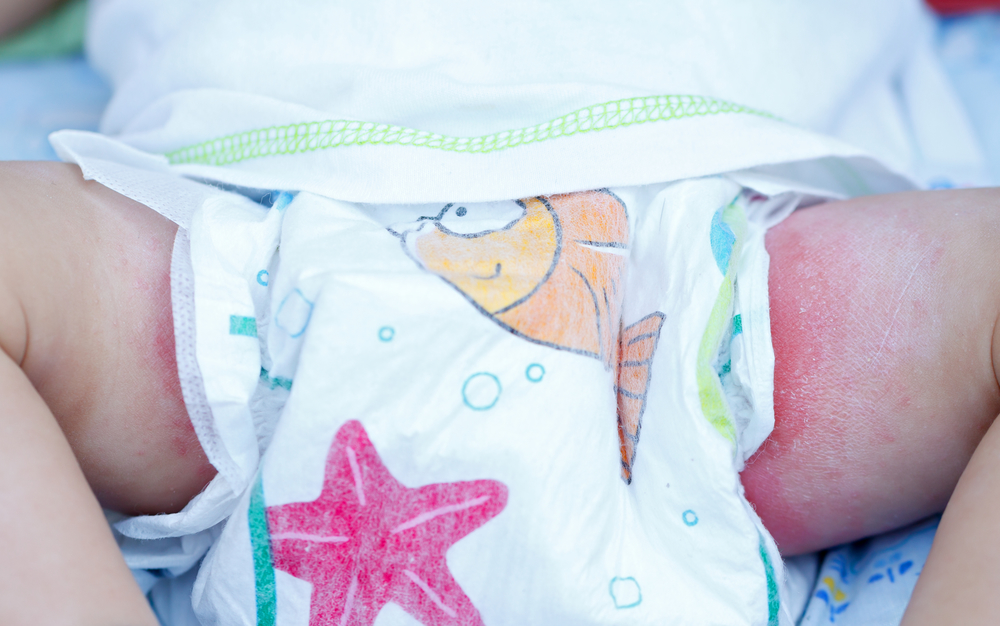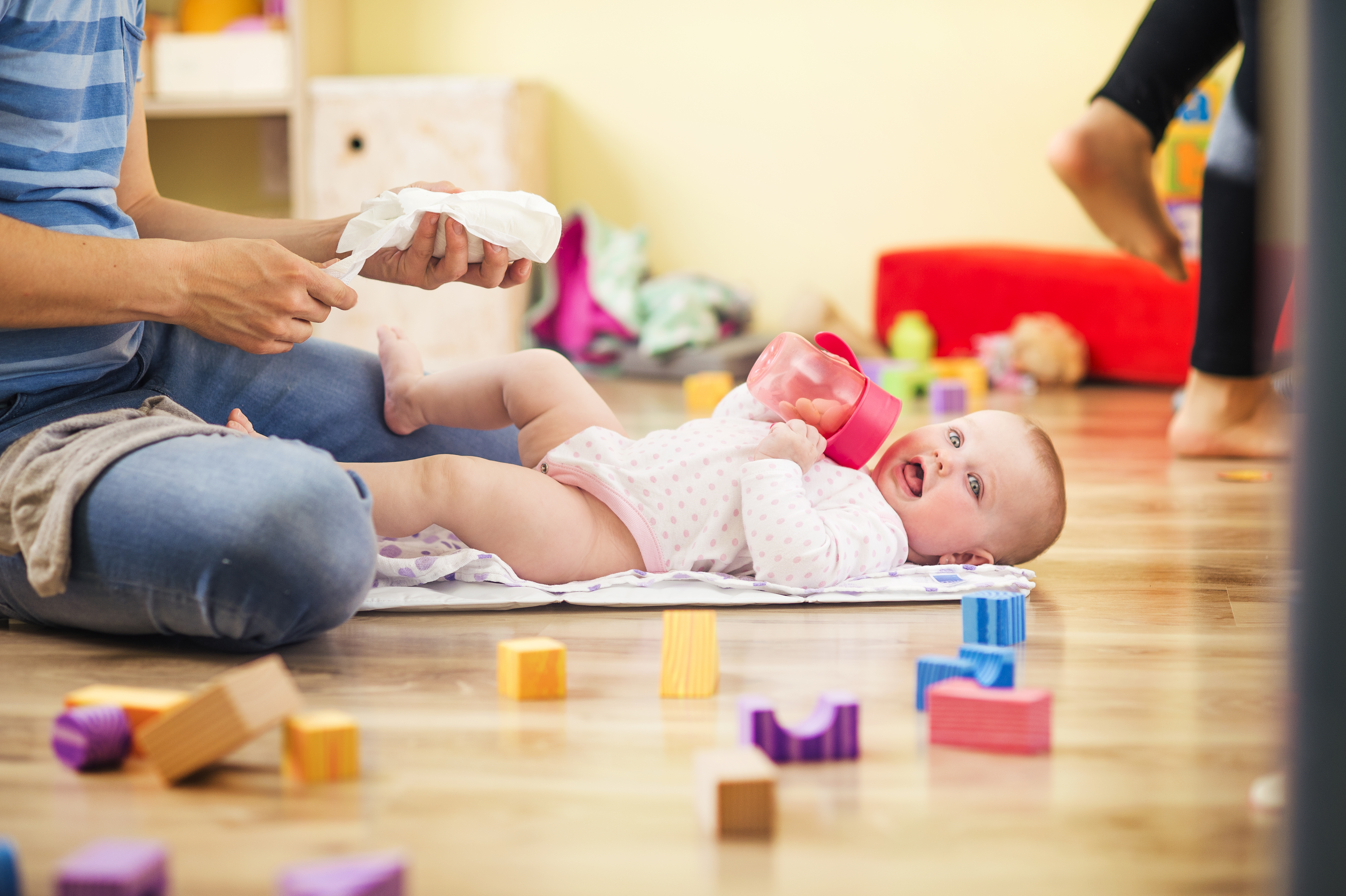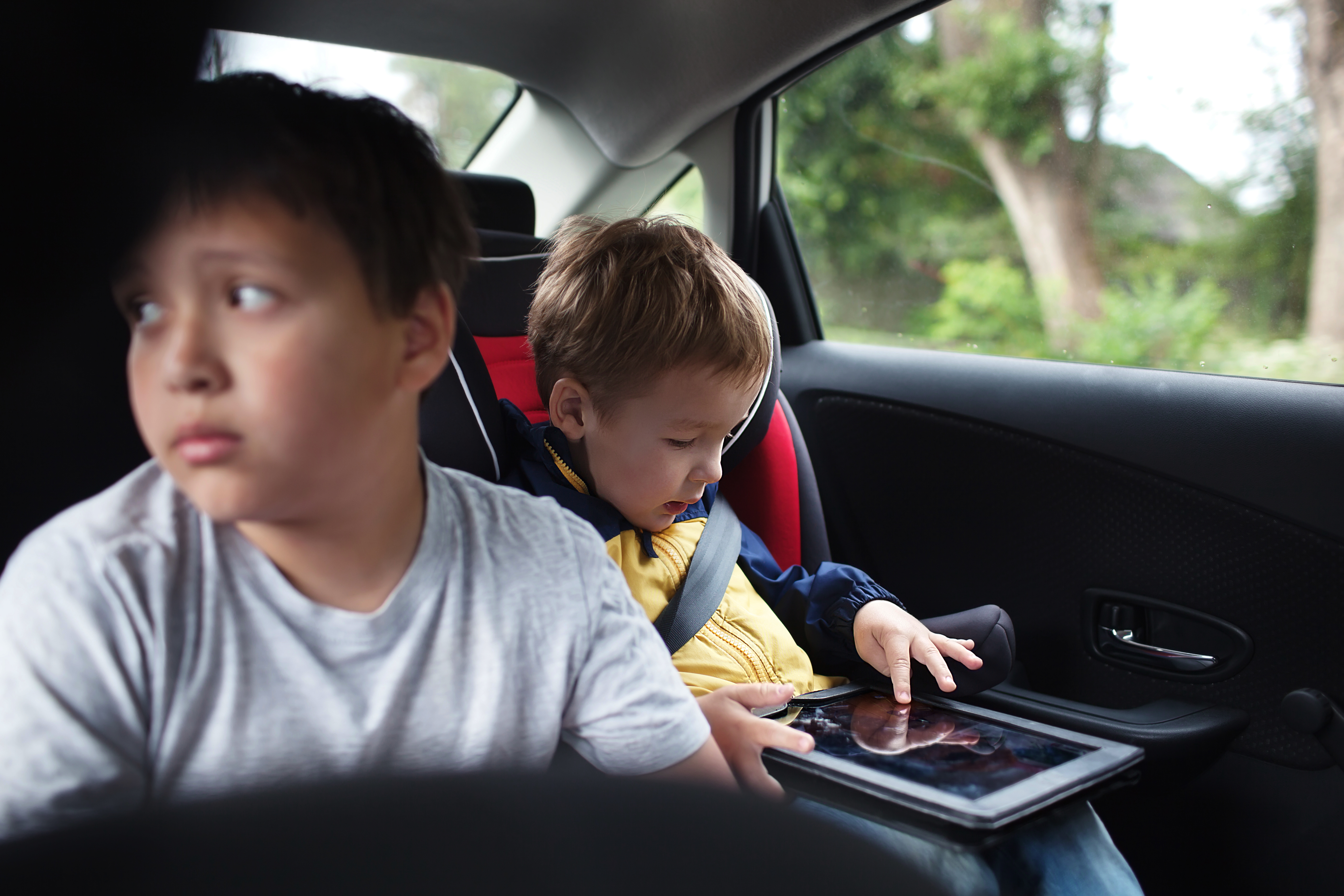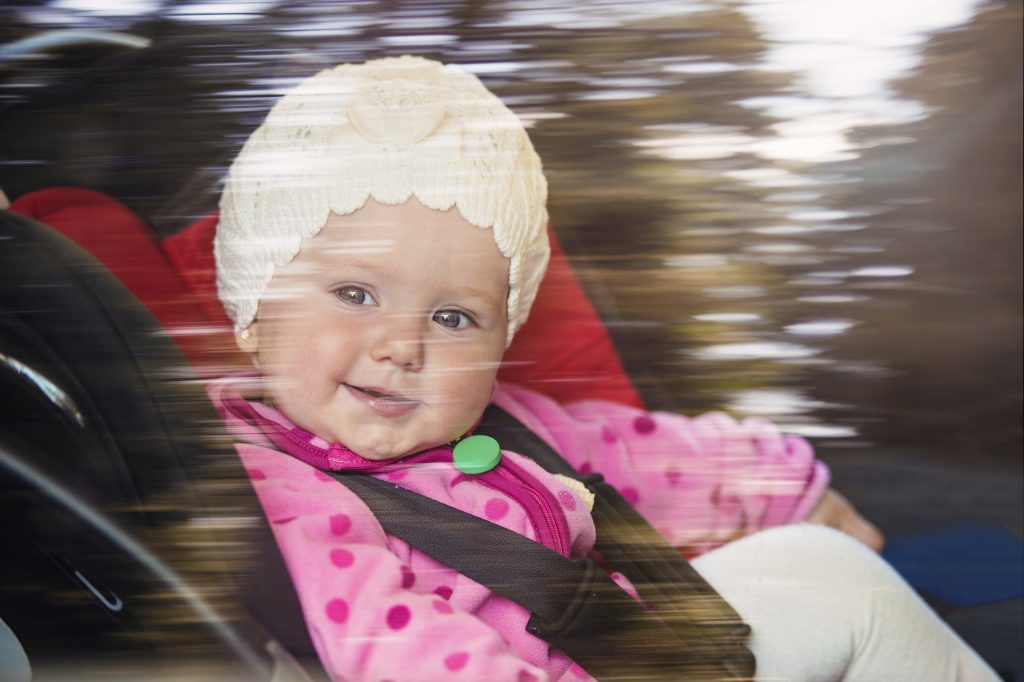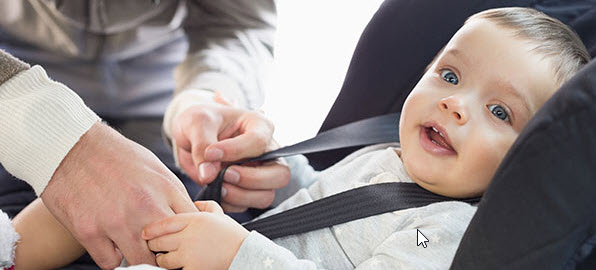Parenting Tips for Infants
Having a baby is one of the most exciting times in your life but when all of that excitement wears off it can be overwhelming and even scary.
Learning how to parent an infant is going to take practice.
It is important to remember that no two infants are alike so what worked for your first child is not likely to work for your second.
For a while it is a guessing game while you find out what is going to work for you.
There are many areas for which you might need parenting tips to help you with your infant.
These include nursing, soothing, sleeping, taking care of yourself, getting dad more involved, and how to handle yourself when you are out with your infant.
Parenting Tips for Nursing Success
Reach Out for Help – Statistics show that moms who are willing to ask for help are more likely to stick with nursing and are likely to nurse for a longer period of time.
Get Help after Birth – While you are still in the hospital it is important to get the help that you can for nursing.
Be Prepared – Nursing is a process and if you are counting down the minutes your baby is going to feel your anxiety.
So find ways to remain relaxed when your baby needs to nurse.
Parenting Tips for Soothing Your Infant
Swaddle – Many infants feel well connected to you when they are swaddled.
This also can help to soothe them because it reminds them of when they were in the womb.
Music Helps – Music can help you to relax which is good for trying to soothe your infant when they are upset.
They might also feel that music is soothing, especially if you listened to a lot of music while you were pregnant.
Learn Your Own Tricks – Since everyone’s infant is different there is sure to be a soothing trick that is going to work for your little one but you will have to figure out what it is first.
Some suggestions might be bouncing, rocking, or dancing with your baby.
Parenting Tips for Sleeping
Ignore How Tired You Are – If you want to have an infant that sleeps well then you will need to take a different approach.
It is a good idea for you to ignore how tired you might feel to help reduce your own stress which could make it harder for your baby to sleep as well.
Take Turns Sleeping – When there are two parents it is essential that both parents take turns sleeping and waking with the new infant.
If only one parent works outside of the home then weekends are a great time for them to step up to night time duty while the stay at home partner can get some rest.
Don’t Be Afraid to Take Naps – Many new moms try to do too much while their infant is sleeping.
It is a great idea to take naps and spend time sleeping on the same schedule as your little one.
Parenting Tips for How to Handle Being Out
Get Help – Ask your mom friends about their best tips for going out with their little ones or ask someone to go out with you to help with your new infant.
Grandparents, other family members, and close friends are likely to be excited to help you.
Have a Bag Ready – Keeping a fully stocked diaper bag ready to go is a great tool for getting out the door easily.
Make sure to clean out the bag and repack it each time that you come home so that it is always ready to go.
Embrace Things – Learning to go with the flow and embrace what is happening at the moment is essential when you are going out with your infant.
These tips are great for being able to help you with parenting your infant.
Your baby’s sense of security and feeling loved comes from having all of their needs met each day.
So why not establish a regular routine that helps them determine what to expect throughout their day?
It will make it easier for you to tend to all their daily needs.
Though your child’s needs will change as they grow, there are steps you can take to be prepared to meet their needs and yours.
From diapering to sleeping to soothing baths, our experts have answers to your most pressing questions about your baby’s development.
In this series of videos,
you’ll discover how to choose clothing that benefits your baby’s learning and development;
which activities foster your little one’s thinking and engage their motor skills;
and why routines are essential to your baby’s confidence and overall well-being.
Check out our collection of videos to learn how you can best meet your growing baby’s daily needs.
As found on Youtube
Infant
Infant is a word that came from the Latin term, infans, which means speechless or not capable of speaking.
An infant is a pretty young offspring, also known as a baby.
An infant who is born within day, weeks or hours from birth is called a newborn.
The word “newborn,” include post-mature infants, full term newborns and premature infants.
In medical books, the word newborn (neonate) refers to babies who are between the 1st 28 days from birth.
Toddler
Toddler is a young kid, who has freshly learned to walk.
During this stage, the kid learns about motor skills, social roles and begins using his/her first language.
This is a crucial stage in development and is noted for their negativistic manner.
They habitually say no which, in reality, it’s a yes.
They are also little explorers, and they are basically curious on everything.
Difference between Infant and Toddler
Infant and toddler are both children. However, infants are younger (under 1 year old) than toddlers (1 to 3 years.).
Infants start crawling in this age while toddlers are beginning to walk and stand.
In communicating, an infant’s cry is its basic communication while a toddler begins to say 2-word phrases.
Infants don’t have teeth while toddlers have a number of teeth, and they are continuously growing.
Infants only drink milk through breastfeeding or in bottles while toddlers are starting to eat solid foods by using a spoon but still drink milk.
Infants can barely hold objects, as for toddlers, they are happy throwing and picking up objects.
Infant and toddler have basic needs.
These necessities are essential for their healthy growth and development.
Parents or the people who look after these children should have enough patience in dealing with them.
Parenting Tips for Toddlers
Parenting a toddler is hard work.
It can be such a challenging time for parents to figure out how to discipline, help cultivate their child, and keep their child healthy.
Parenting tips for toddlers offer you an excellent choice for own needs.
10 Parenting Tips for Toddlers
What You Need to Keep Your Toddler Safe
Toddlers are hard to keep safe because they explore, climb, and get into everything.
Remember to keep all medications in child-proof bottles and out of the reach of your toddler.
Also, you should make sure that you are following all car seat recommendations and that you keep your child rear facing for as long as possible and in a five-point harness until they are long past their toddler years.
Give Your Child Positive Attention
Spend time with your toddler getting to know them. Read, play games, do crafts, and spend time learning about the things that your toddler enjoys.
Doing these things will help your child to have a happy early childhood and will help you to maintain a close relationship with them as they get older.
Feed Your Child What They Need to Stay Healthy
Toddlers have a lot of health needs that are often neglected by parents because they do not realize how important they are.
Toddlers need meals that are balanced and snacks that come from whole food sources.
Toddlers should not be drinking sugary drinks or excessive amounts of juice.
Learn How to Help Your Child Speak
Many toddlers have speech issues and concerns.
If you feel that your child is not in tune with where they should be, then you should talk to your healthcare provider.
Between the ages of 7 and 15 months, your child should start by saying mama and dada.
Then when your child is between the period of 11 and 22 months, they should have between four to six words that you can recognize and that they understand the meaning of.
Finally, when your child is between the ages of eighteen and twenty-seven months, they should be able to say fifty or more words.
Show Your Child How Much You Love Them
Make sure that you express your love to your child. Show your child that you love them by hugging and kissing them.
Also be sure to tell your child that you love them often, especially when they are having a bad day or struggling with something.
Help Your Child Master Potty Training
Potty training is tough. One of the things that you can do with your child is helping them to learn how they can master their potty training.
This means that you will help your child come up with a plan that can work with them as well.
Handle Your Child’s Temper Tantrums
Temper tantrums are something that is going to happen with a toddler.
They are inevitable.
However, the way that you handle them is going to drastically change how long they last and with the intensity that they have.
Remember not to give in to temper tantrums but look for cues that your child is about to have one so that you can help them react positively instead.
Be Consistent with Your Child
Consistency in parenting is key. It is especially important during the toddler years when children are learning about decision making and consequences.
Parenting Tips for Picky Eaters
If you have a picky eater, you might have to get creative with what you are feeding them.
Continue to offer new choices and do not be afraid to offer incentives for trying new foods.
If your child is asking for more berries but has not tried their vegetable, tell them that if they try their vegetable that they will get the berries that they want.
Talk to Your Child
You will also want to talk to your child.
Toddlers are developing their personality so it is going to be fun to talk to your child and learn who they are becoming.
Ask them questions and listen to their answers.
Play with them, tell them stories and have them tell you your own stories.
Learning how to be a great parent to toddlers is vital for you to be able to have success with parenting when your child gets older.
Doing these things can help you with your ability to make it through the toddler years experiencing greater joy than you might have expected.
With so many options available in the toy aisles today, it’s no wonder many parents feel overwhelmed when shopping for play items for their little one.
The best toys for your growing baby are ones that support their development and encourage them to reach, stretch and concentrate.
Yes, that’s right, concentrate!
But, what do those toys look like?
And, how will you know which ones are safe and developmentally appropriate for your baby?
In this series of videos, our experts offer advice on what kinds of activities are best for babies ages six to nine months old.
Some of their suggestions might surprise you and may make you think twice about how to engage and stimulate your child.
Consider the tips in these tutorials to help you select toys that will delight your child’s senses, motivate their movement and inspire their sense of discovery.
As found on Youtube
